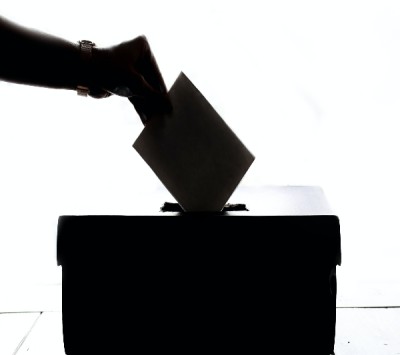Japan Election System

This past weekend, there was an election in Japan.
Of course, there was a much-reported tragic event that occurred in this year's election.
But let us focus on the makeup of the Japanese political system.
The Japanese parliamentary system is called a Diet in English because the system was modeled on the German system under the Meiji Constitution in 1889.
It is a bicameral parliamentary system that is split into two houses.
The Lower House or House of Representatives
This is the main law-making body of government and is where most of Japanese democratic politics is conducted.
It passes the national budget, ratifies international and national treaties, and also selects the prime minister from the dominant party.
It has 465 members.
The Upper House or House of Councillors.
This is the weaker of the two houses.
Its main job is to approve the bills that are made in the lower house.
It is intended to create a balance of power within the bicameral system.
It has 245 members.
The election that occurred last weekend, was the election for half of the members of the House of Councillors.
The House of Councillors are elected for 6-year terms, and the elections are every 3 years for one-half of the members.
One person, two votes.
When Japanese people go to vote, they cast two votes.
One for the individual and another for the party.
It is not uncommon for many Japanese to choose an individual from the opposition party to vote for, and yet choose to vote for the ruling party for the party vote or vice versa.
So some politicians are elected directly by the people and others are elected under their party's banner.
There is also a "proportional representation" method of voting which, in theory, creates a fairer swing vote democratic system.


